Below are three pictures of a helical antenna I made for Joe Maher (joe@air.net.au) and his WaveLAN. He uses it to communicate with the air.net.au domain. (Joe took all the pics.)
This is the first incarnation of the antenna with only 11 turns of the helix. It gives a signal strength of 15, I am told, to the air.net.au machine domain which is about 2Km away line of sight and has the same aerial at the other end.
The first picture is ye olde antenna.
The second picture has a magpie sitting on the antenna. It would appear magpies and other birds roosting on the antenna have a tendency to render the antenna useless. Joe took this pic after he noticed his web surfing come to an abrupt halt. Lo and behold, said magpie was there.
The third picture shows the installation of a basic 486 running a version of the Linux Router Project off a floppy disk, translating his data between the 2Mb legacy WaveLAN card and his ethernet network. The white cable is the original length of coax off the tile antenna that came with the WaveLAN. This was cut from the tile and an N-connector attached to the other end. The legacy WaveLAN has a fancy, damned hard to get antenna plug and socket pair so there was no point trying to remove the plug from the white cable and attach it to some other cable. As you can see the PC is in the roof cavity right under the antenna which is mounted to a stock J mast.
Here we have some pictures of an antenna made by Mario Murphy in San Francisco. He's done a very nice job with what looks like plexiglass or plastic of some sort. I'll post some results here once he's tested them.
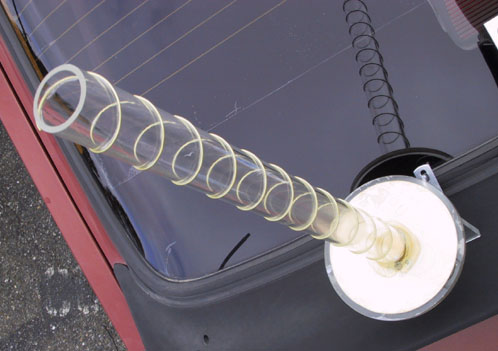
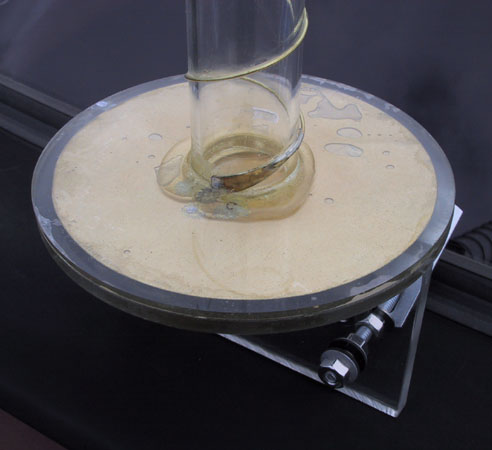
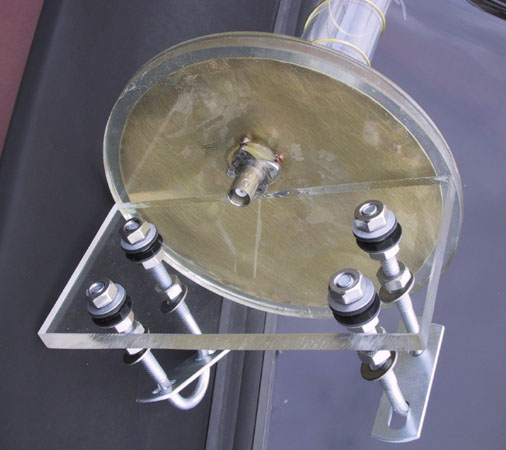
Here is a shot of a nearly completed antenna a fellow named Predator completed.
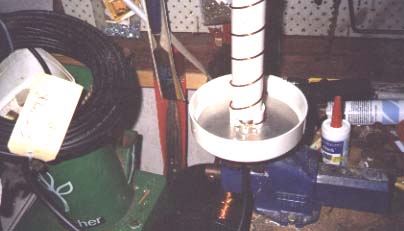
Daryl Clarkson in New Zealand made these aerials below pretty much verbatim to what I described. He's gone ape and made 15 and 22 turn versions as well! He reckons they work very well on a 3.7Km link he's using. The final picture is the aerial mounted and in use!
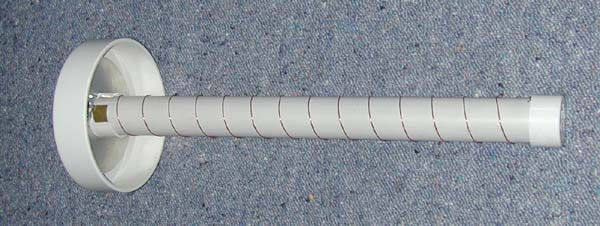

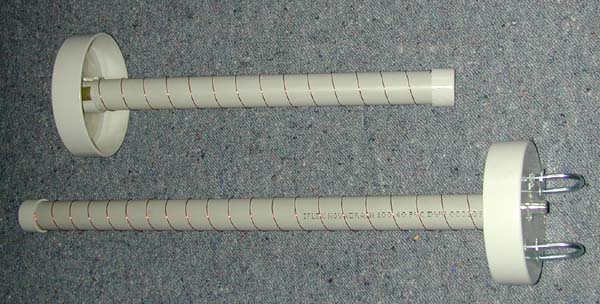
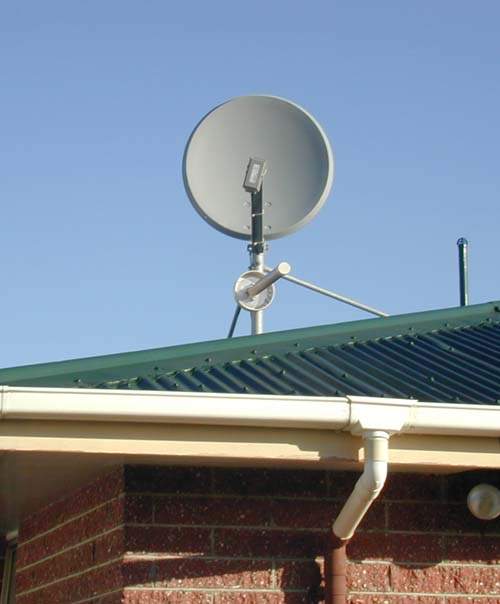
Harald in Austria has made these for an 800m connection that's been running for a while.